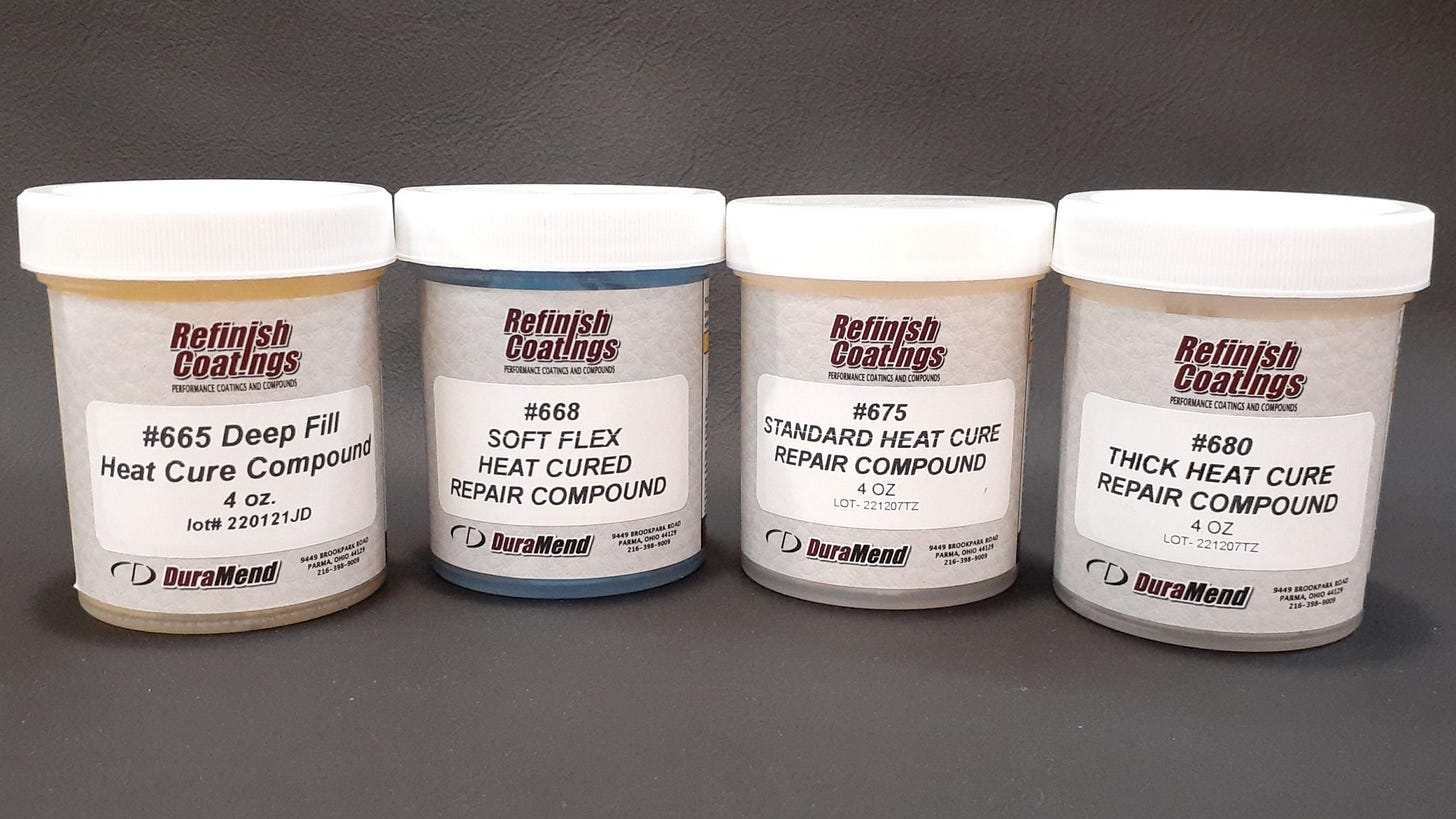Innovative Solutions: How Vinyl Repair Compounds Work Wonders
Vinyl is a versatile material used in various applications, from car interiors and furniture to flooring and outdoor gear. While durable, vinyl is not immune to damage such as tears, cuts, or burns. This is where vinyl repair compounds come into play, offering an efficient and cost-effective solution to restore damaged vinyl surfaces. In this blog, we will explore the benefits, applications, and tips for using vinyl repair compounds to keep your belongings looking as good as new.
Benefits of Vinyl Repair Compounds
Cost-Effective Solution: Replacing damaged vinyl can be expensive and time-consuming. Vinyl repair compounds offer a budget-friendly alternative, allowing you to fix the damage without the need for replacement. This is particularly beneficial for large items like car seats, couches, or flooring.
Easy to Use: Vinyl repair compounds are designed for ease of use, making them accessible even to those without professional repair experience. Most kits come with clear instructions, and the process typically involves cleaning the area, applying the compound, and allowing it to cure.
Durable Repairs: When applied correctly, vinyl repair compounds create solid and long-lasting repairs. They are formulated to withstand regular use and exposure to elements, ensuring that the repaired area remains intact over time.
Aesthetic Appeal: High-quality vinyl repair compounds can seamlessly blend with the original material, making the repair virtually invisible. This is crucial for maintaining the aesthetic appeal of items such as furniture or car interiors.
Applications of Vinyl Repair Compounds
Automotive Interiors: Car seats, dashboards, and door panels are all susceptible to wear and tear. Vinyl repair compounds can fix minor damages, extending the life of your vehicle's interior and maintaining its resale value.
Furniture: Sofas, chairs, and other vinyl-covered furniture can suffer from scratches, tears, or punctures. Using a vinyl repair compound can restore these items, saving you the cost and hassle of purchasing new furniture.
Flooring: Vinyl flooring is famous for its durability and easy maintenance. However, heavy foot traffic, moving furniture, or accidental drops can cause damage. Vinyl repair compounds can address these issues, ensuring your floors remain in top condition.
Outdoor Gear: Items such as inflatable boats, pool liners, and tarps are often made of vinyl and are exposed to harsh conditions. Vinyl repair compounds can fix rips or punctures, preserving the functionality and longevity of these items.
Tips for Using Vinyl Repair Compounds
Clean the Area: Before applying the repair compound, thoroughly clean the damaged area. Remove any dirt, grease, or debris to ensure proper adhesion.
Choose the Right Color: Many vinyl repair kits come with color-matching options. Select a color that closely matches the original vinyl to achieve a seamless repair.
Apply Thin Layers: Instead of applying a thick layer of compound, use multiple thin layers. This ensures better adhesion and a smoother finish.
Allow Proper Curing Time: Follow the manufacturer's instructions regarding curing time. Rushing the process can compromise the durability of the repair.
Use Grain Paper: Some repair kits include grain paper to replicate the texture of the original vinyl. Use this tool to create a more natural look for your repair.
Conclusion
Dye and vinyl repair compounds are essential tools for anyone looking to maintain and restore vinyl surfaces. Their versatility, ease of use, cost-effectiveness, and eco-friendly benefits make them a valuable addition to any repair arsenal. Whether you're a professional restorer or a DIY enthusiast, these compounds offer a practical solution to keep your surfaces looking their best. Invest in high-quality repair compounds today and give your belongings a new lease on life.




